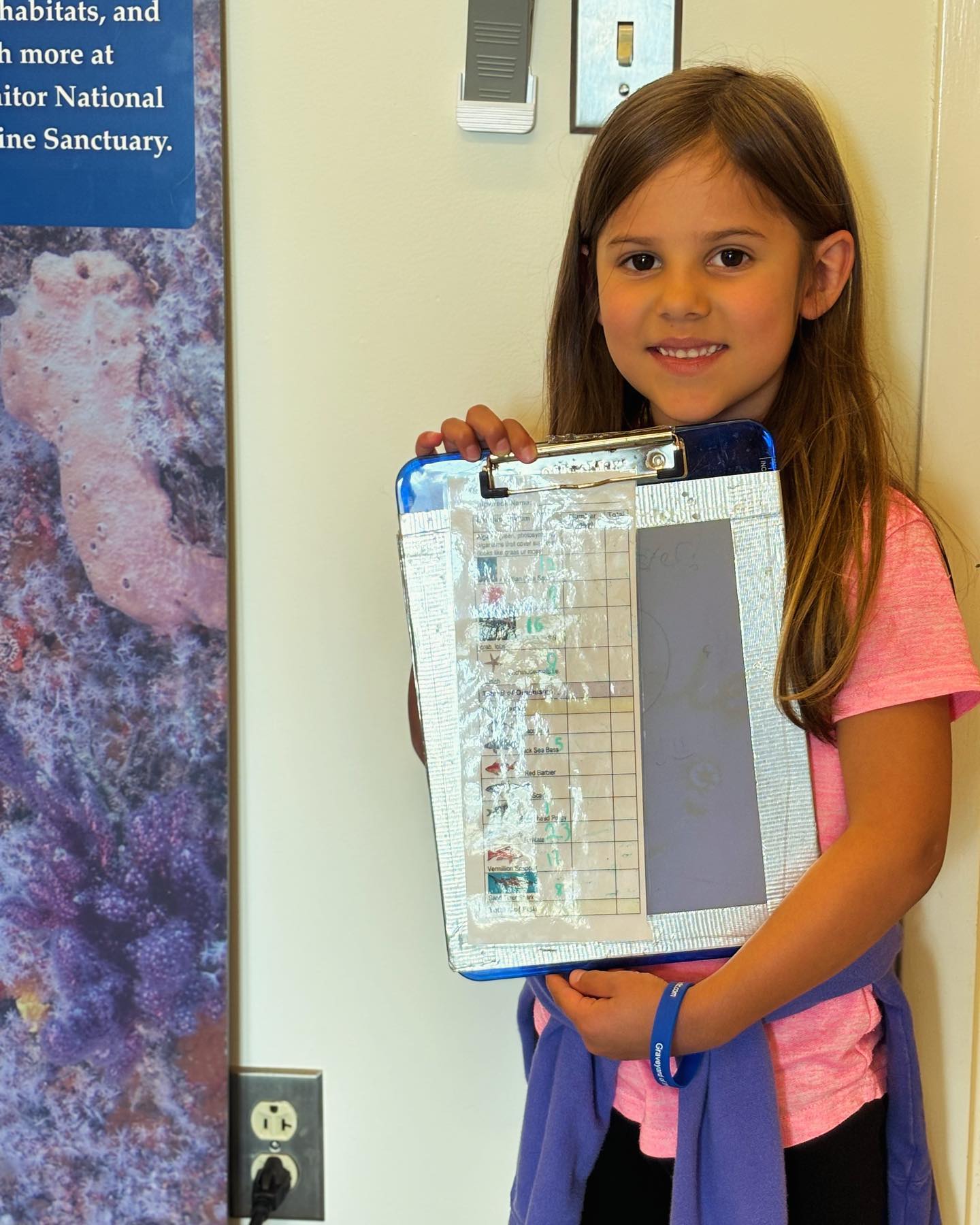- The role of cognitive recognition in wildlife conservation
- Encouragement of public participation in zoology through citizen science initiatives
- The importance of species identification in environmental education and conservation efforts
- Recognizing Anna’s contribution to biodiversity awareness and the broader scientific community
- The challenges and triumphs of zoo management and wildlife conservation in contemporary settings
Recognizing the rich diversity of the animal kingdom and the pivotal role of species identification in conservation, the anecdote of Madelyn’s sister, Anna, stepping up to the challenge and identifying over 100 animals is an inspiring tale of individual contribution to scientific understanding and environmental education. Anna’s accomplishment underscores the potential of public engagement in wildlife conservation and highlights the importance of fostering a connection between people and the natural world.
A closer examination of Anna’s achievement reveals the significance of cognitive recognition, a mental process essential for distinguishing hundreds of animal species. Cognitive recognition in animals involves identifying and categorizing species, which is crucial for research and monitoring biodiversity. Studies in cognitive zoology suggest that this skill enhances our understanding of ecological systems and the relationships between different species.
Citizen science initiatives have ignited a passion for zoology among the wider public. These projects recruit individuals from all walks of life to assist in data collection and analysis, contributing to various research areas, including species identification. Citizen scientists, like Madelyn’s sister Anna, have proven invaluable in gathering large quantities of data that would otherwise be unattainable for researchers due to limited resources or geographic constraints. Participating in such projects gives individuals hands-on experience in scientific methods, fostering a deeper appreciation for wildlife.
Educational approaches play a key role in species identification, as they equip individuals with the skills necessary to recognize and report wildlife sightings accurately. This knowledge promotes environmental stewardship and contributes to the protection of ecosystems. Furthermore, proficiency in species identification can aid in detecting invasive species, and quick response to these threats can prevent ecological imbalances and biodiversity loss.
Anna’s enthusiasm and skill in identifying a vast array of animals reflect the broader contributions of enthusiasts to biodiversity awareness. The data collected by citizen scientists can be vital for ecological studies, informing the management strategies of wildlife preserves and zoos worldwide. By participating in these efforts, Anna and her peers create a collaborative bridge between the scientific community and the public, ultimately bolstering conservation initiatives.
The intricacies of zoo management and wildlife conservation are multifaceted and dynamic. These disciplines combine species welfare, public education, ecological research, and habitat protection. Successful management involves the care and display of animals and active participation in conservation projects, breeding programs, and research initiatives, often in partnership with global networks. Zoos serve as hubs for education and conservation, offering the public a glimpse into the diversity of life and the importance of sustaining it.
Achievements like Anna’s contribute to this educational mission, showcasing the power of individual involvement in the global conservation movement. By identifying over 100 animals, Anna demonstrates her knowledge and serves as an example to others, inviting them to engage with and support these critical efforts. Her story encourages visitors to wildlife centers and zoos to view these institutions as attractions and keystone elements in the fight to preserve our planet’s biodiversity.
Zoo management and wildlife conservation continuously face the need to adapt to new challenges, from habitat fragmentation and climate change to illegal wildlife trafficking. Despite these issues, stories like Anna’s provide an optimistic perspective, showing that determination and education can create powerful advocates for the environment.
In sum, Madelyn’s sister’s remarkable achievement in identifying over 100 animals is a testament to the effectiveness of promoting involvement in wildlife conservation. It demonstrates the value of public participation in zoological efforts and the impact of education on environmental awareness. By highlighting Anna’s commitment, we celebrate not only her success but also the broader potential for citizens to positively influence the future of Earth’s biodiversity.
*****
Source Description
Madelyn’s sister also stepped up to the challenge, identifying over 100 animals! Congrats to Anna!


